Why CMRAO Requires CPE Credits for Condo Managers & How to Earn Them
Learn why CMRAO mandates CPE credits for condo managers & how to earn 3-6 credits with Safety First Training’s health & safety courses. Stay compliant




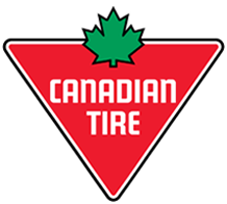





























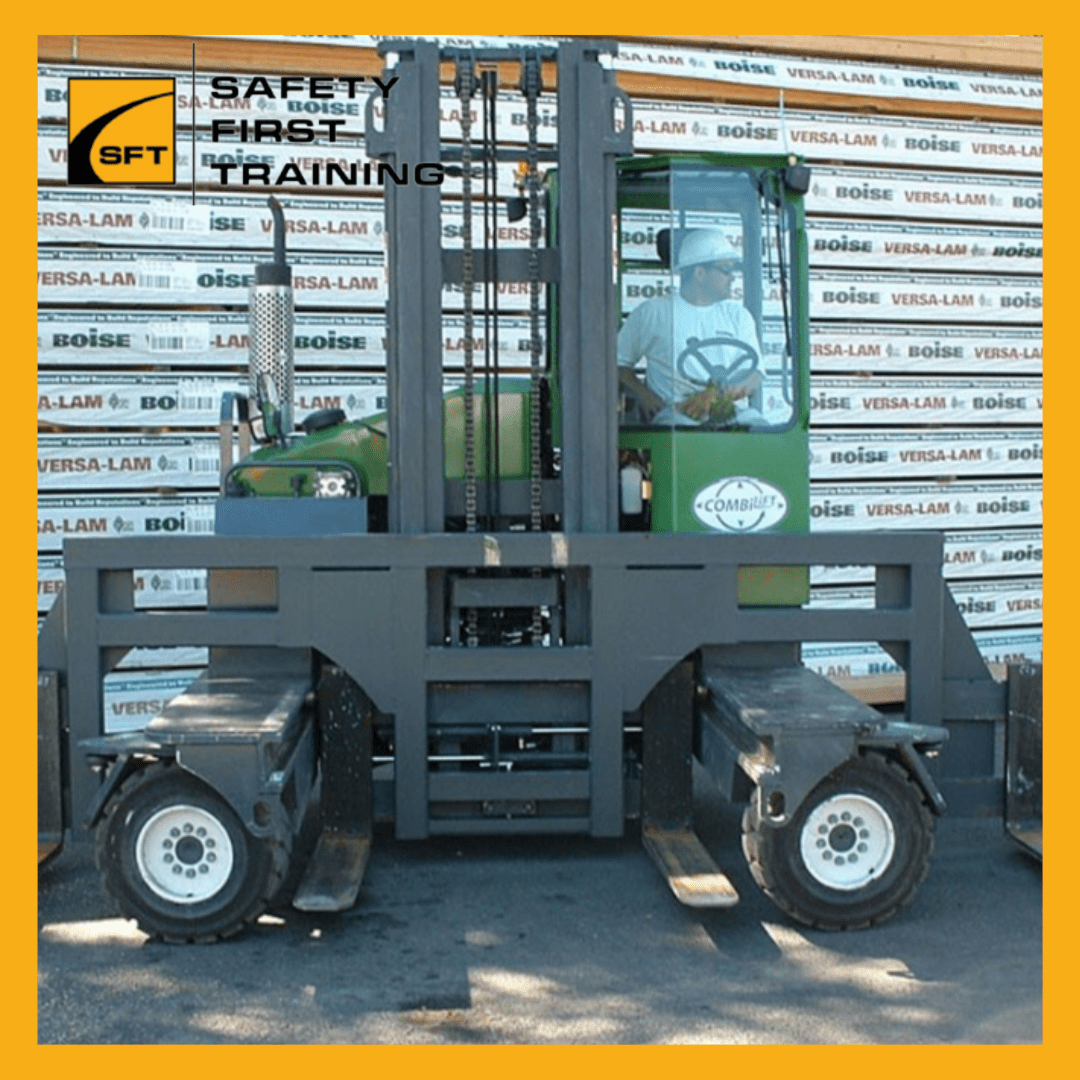
The 4 Directional Reach Forklift (Combilift) Operator Training Course from Safety First Training is an OHSA based program that teaches pre-operation f...
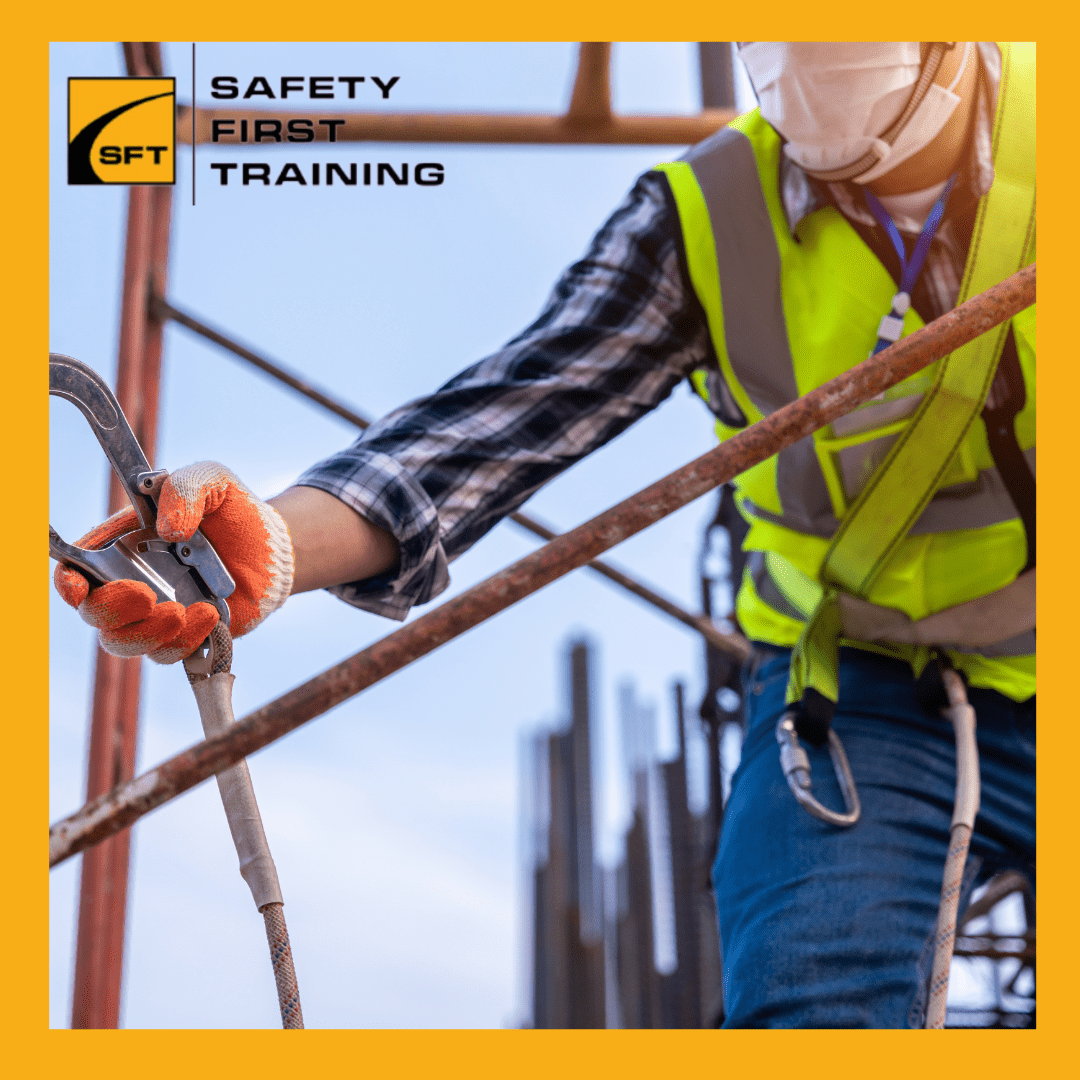
The Working at Heights (WAH) Training Certification course is approved by the Chief Prevention Officer (CPO) of Ontario. These courses are taught by o...

The Overhead Crane safety course from Safety First Training is an OHSA based program that teaches about the various types of overhead cranes, pre-oper...
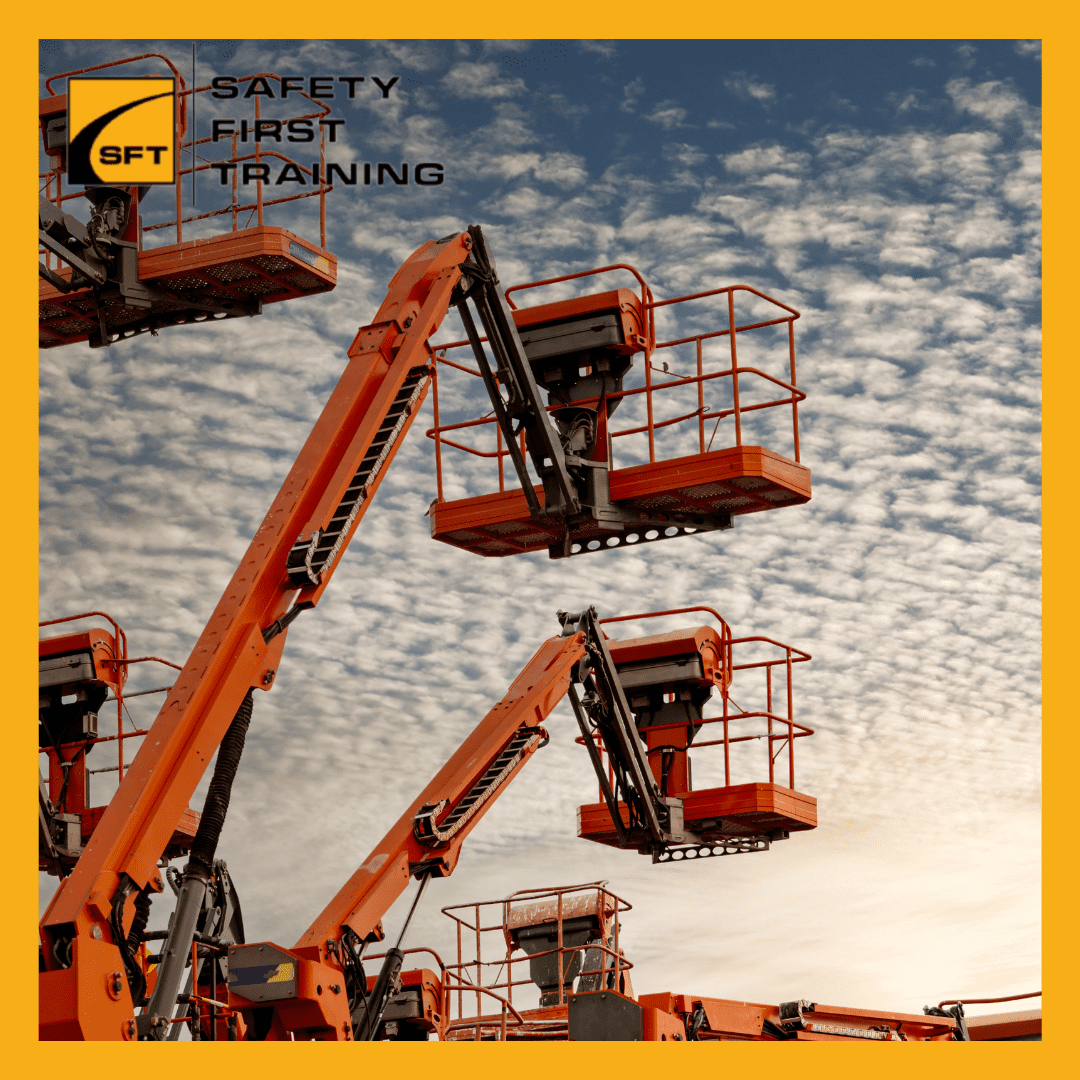
The Aerial Boom Lift (Genie Boom) safety courses from Safety First Training are OHSA based programs that teach the different types of aerial platforms...
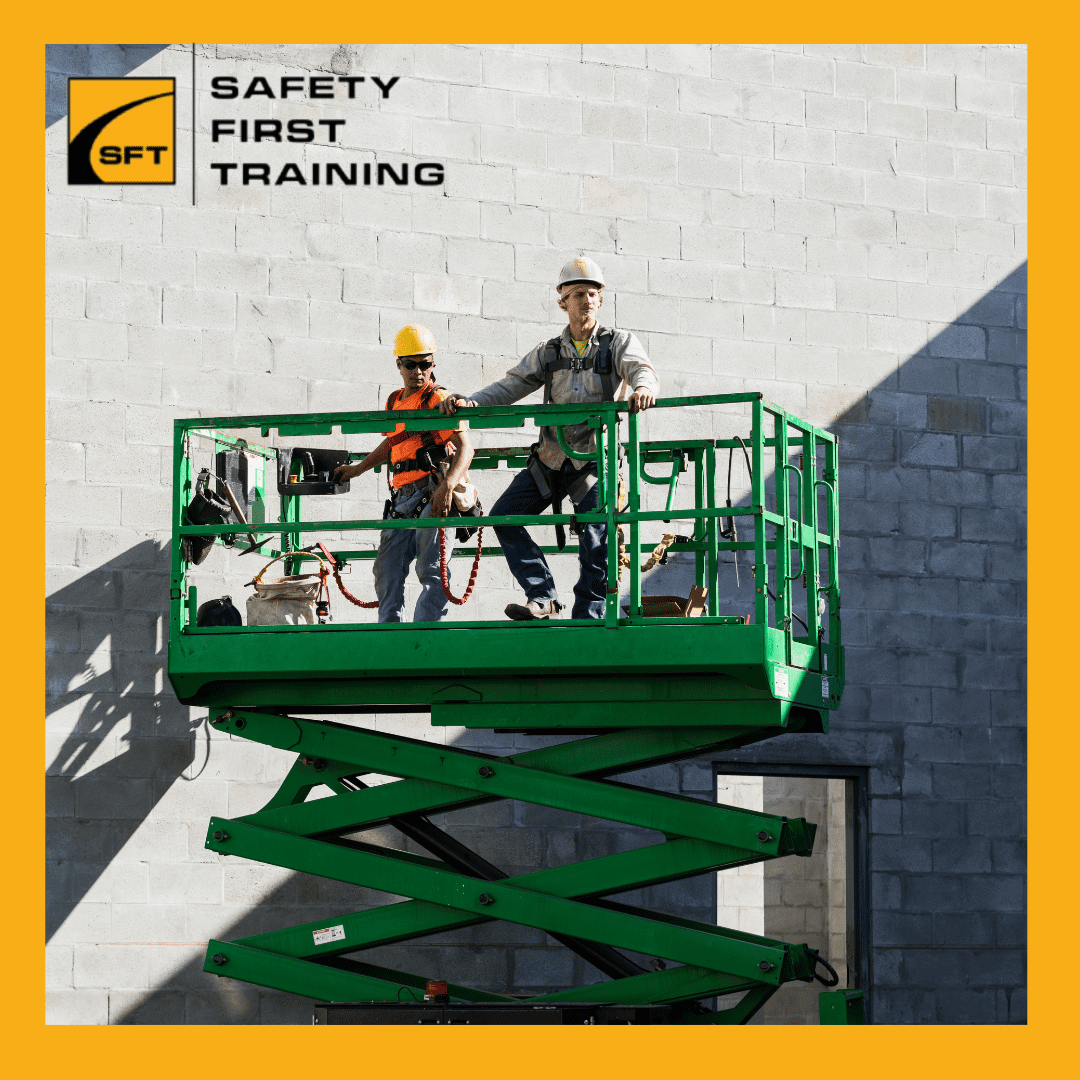
Scissor Lifts, commonly referred to as Genie, JLG, Skyjack, Haulotte, Snorkel or MEC, are commonly used workplace equipments. The Scissor Lift / Aeria...
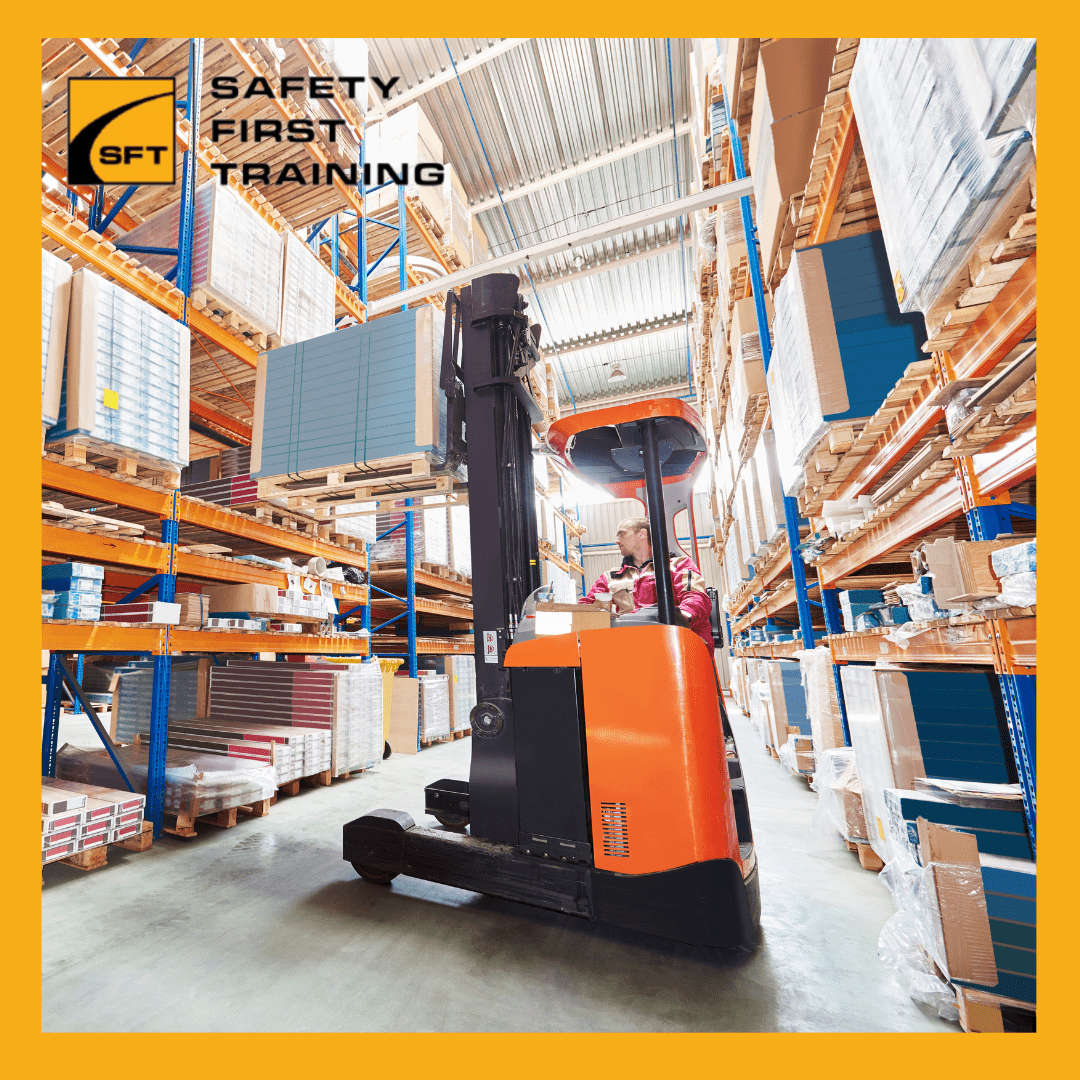
The Reach Forklift Operator Training Course from Safety First Training is an OHSA based program that teaches pre-operation forklift inspection, safe o...
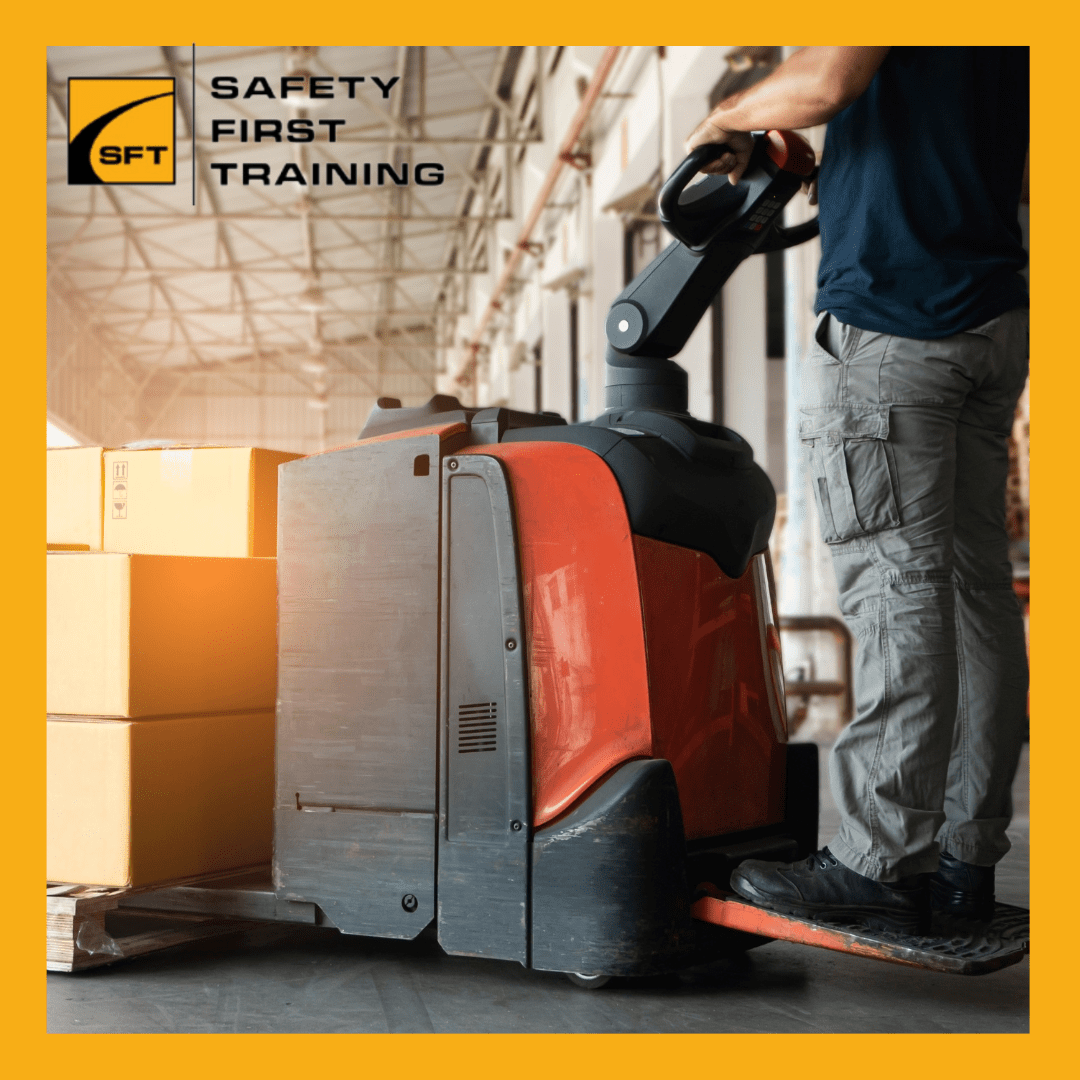
The Walkie Rider, also commonly referred to as a Walkie, Rider Pallet Jack, Ride-On Pallet Jack, Electric Walkie Rider, and Stand-On Pallet Jack, is a...
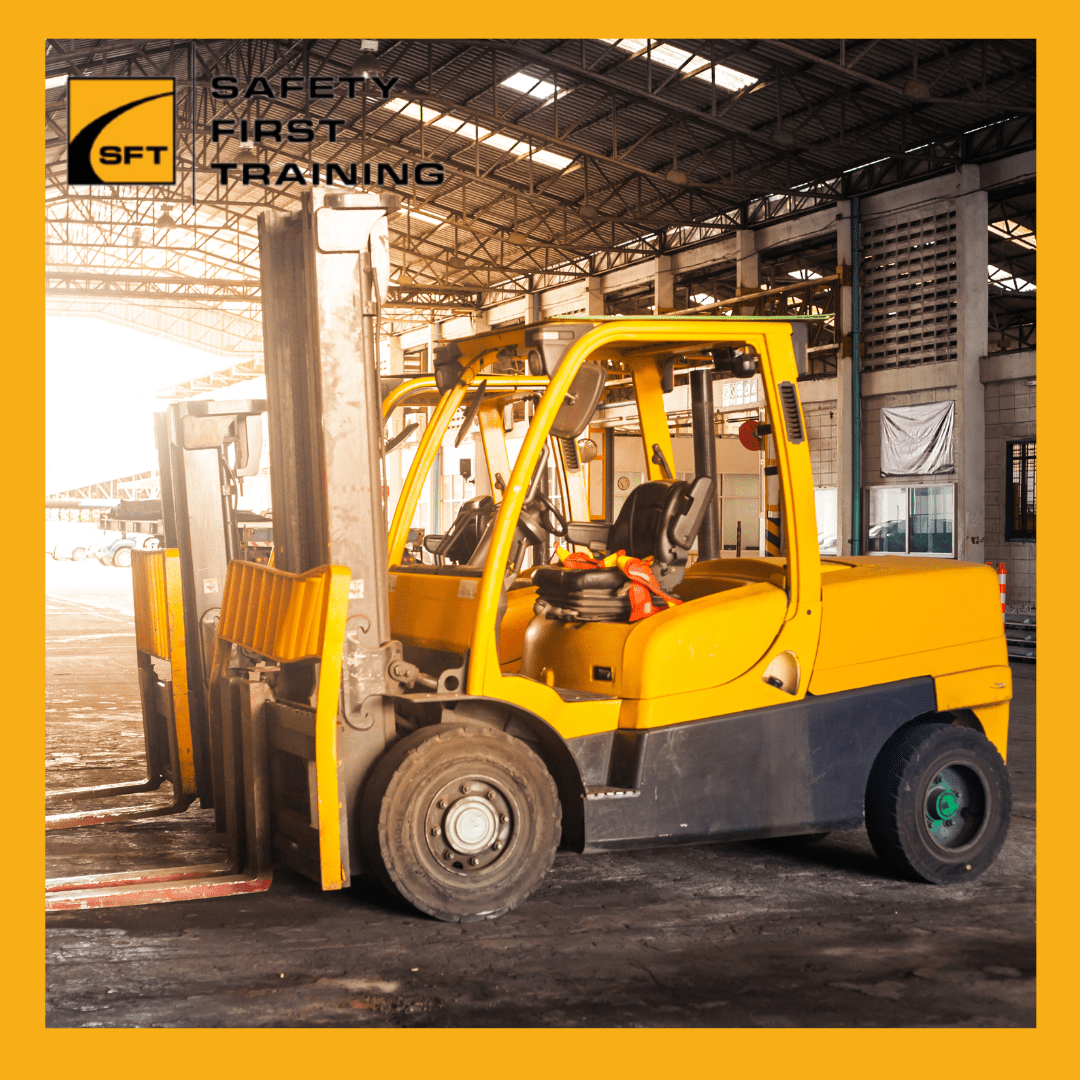
The Forklift Training courses from Safety First Training are OHSA based programs that teach pre-operation forklift inspection, safe operation requirem...
The Elevated Work Platform (i.e. Genie Boom) safety courses from Safety First Training are OHSA based programs that teach the different types of aeria...

Professional, Affordable Safety Training Services
Satisfaction Guarantee
Contact Us Directly to Access Exclusive Special Discounts and Preferred Pricing
Canada's largest library of online safety training courses with over 2,000 available programs to meet all of your company’s safety training requirements. All courses meet or exceed CSA and Provincial OHS standards.
View All Online Training CoursesOur professional Train the Trainer certification courses allow our clients to learn how to teach OHSA based courses directly to their employees. When individuals or groups of employees need safety training, these train the trainer programs can be more cost effective than hiring outside training companies. We will train you to be an effective safety trainer for your company.
Read more about it here.
Latest news and updates from Safety First Training
Learn why CMRAO mandates CPE credits for condo managers & how to earn 3-6 credits with Safety First Training’s health & safety courses. Stay compliant
Fulfill CMRAO requirements and enhance safety skills. Safety First Training offers approved courses for condo property managers. Get 10 CPE credits and stay compliant. Learn more!
Get certified with Safety First Training’s Propane Safety Training in Ontario. Ensure workplace compliance with TSSA & OHSA regulations. Book your training today!